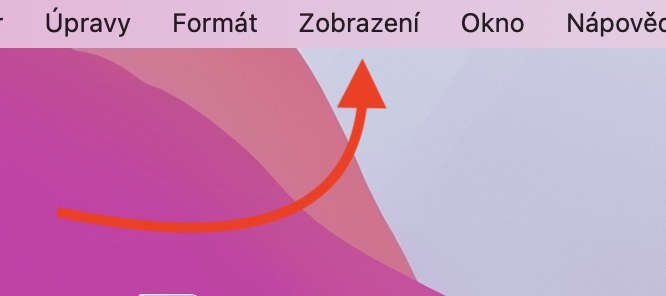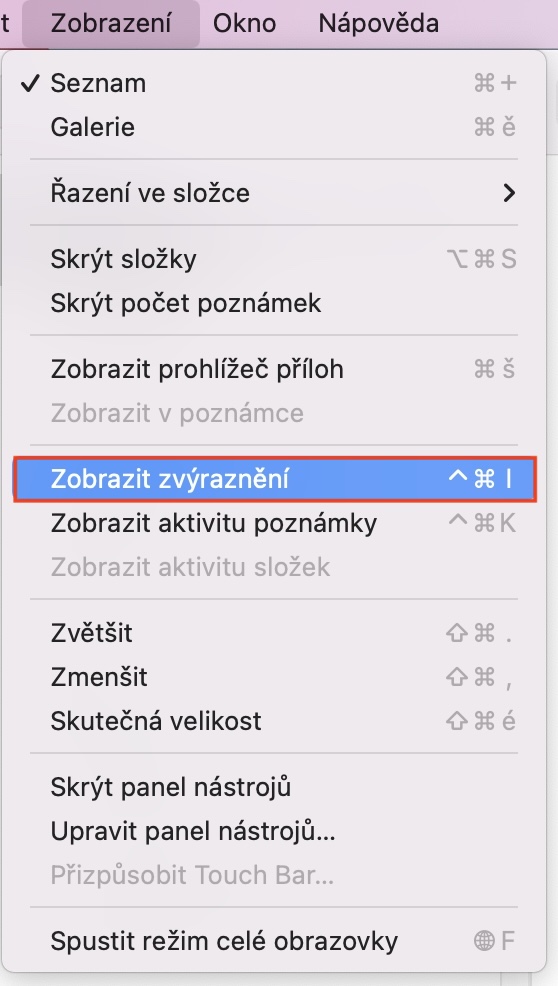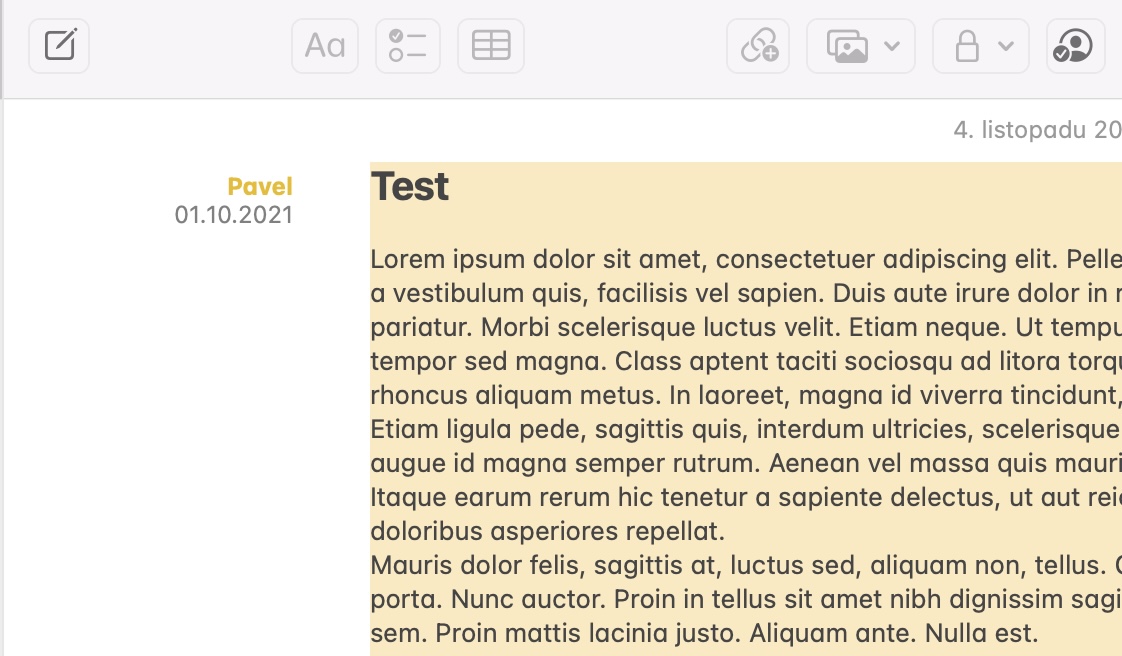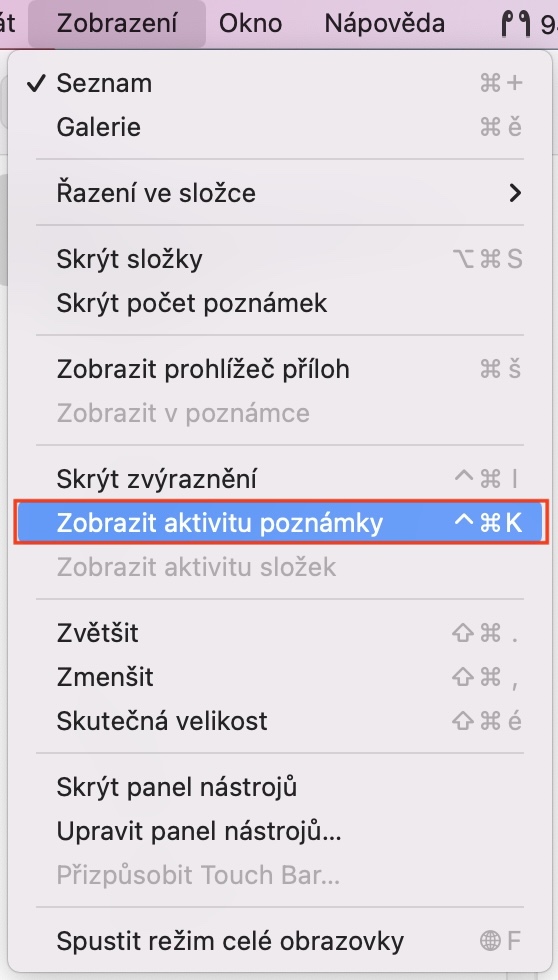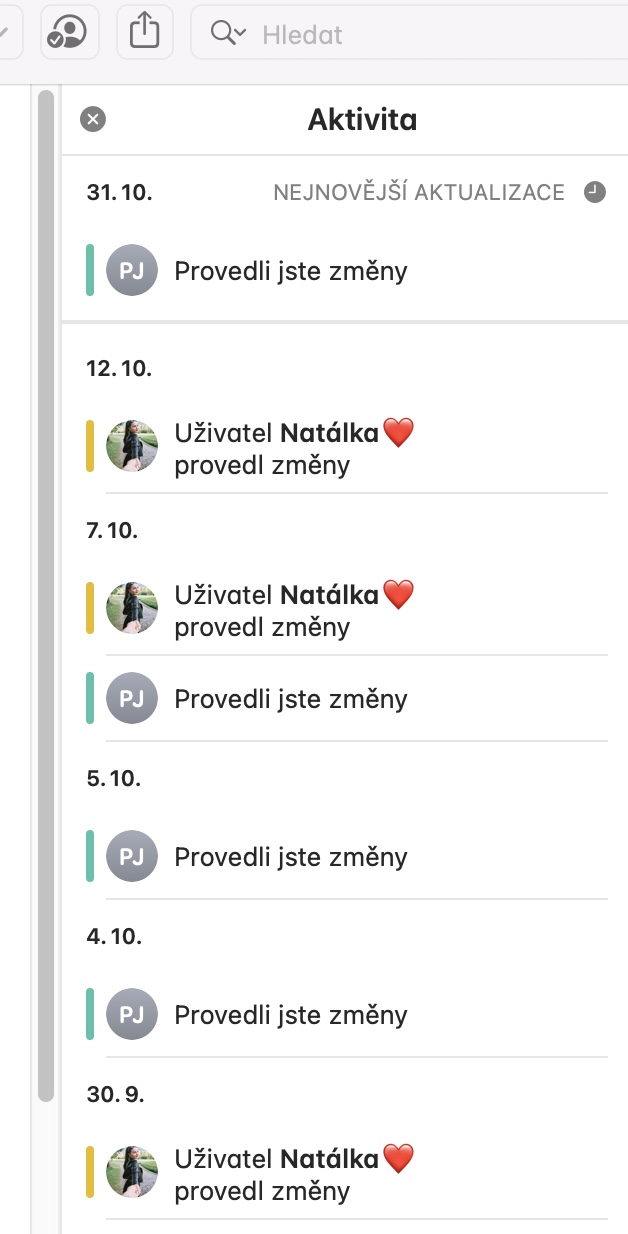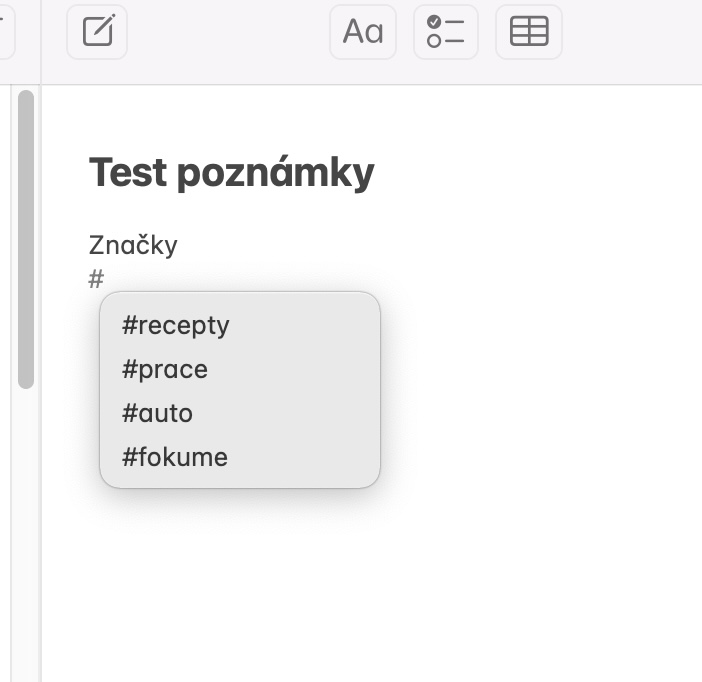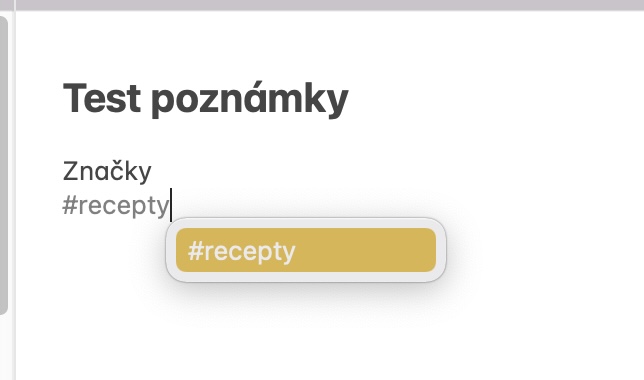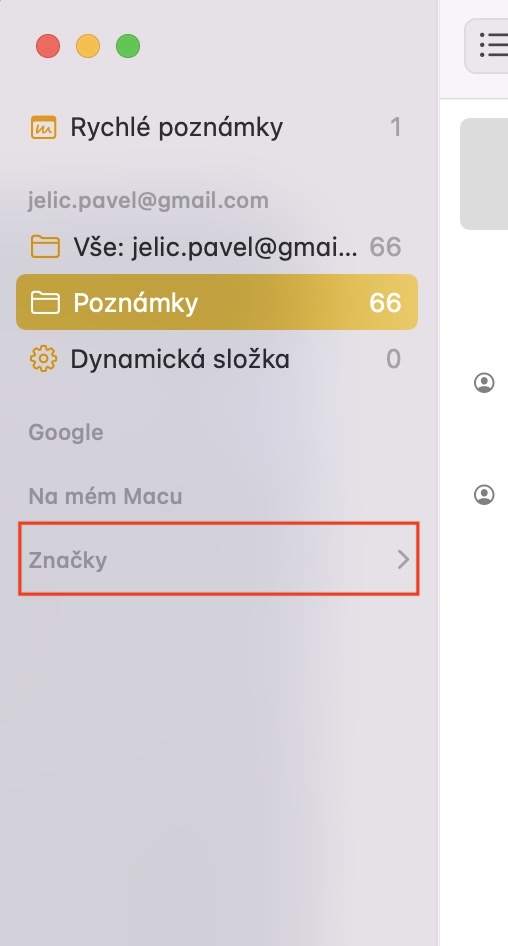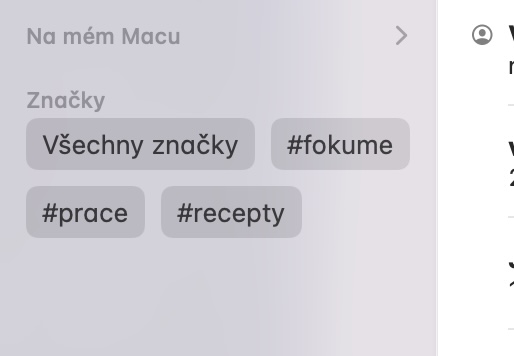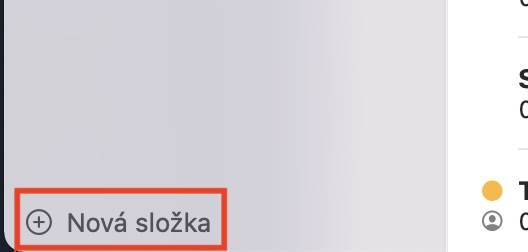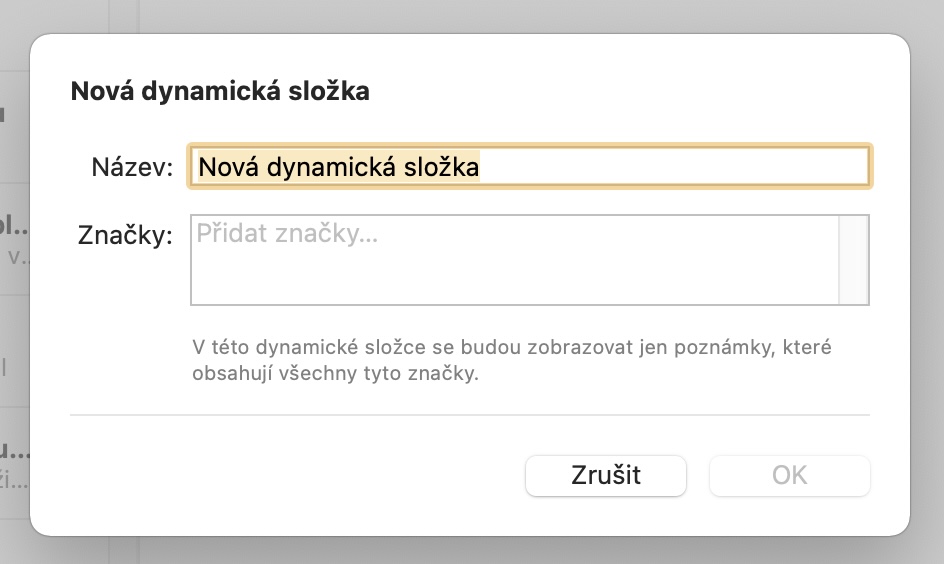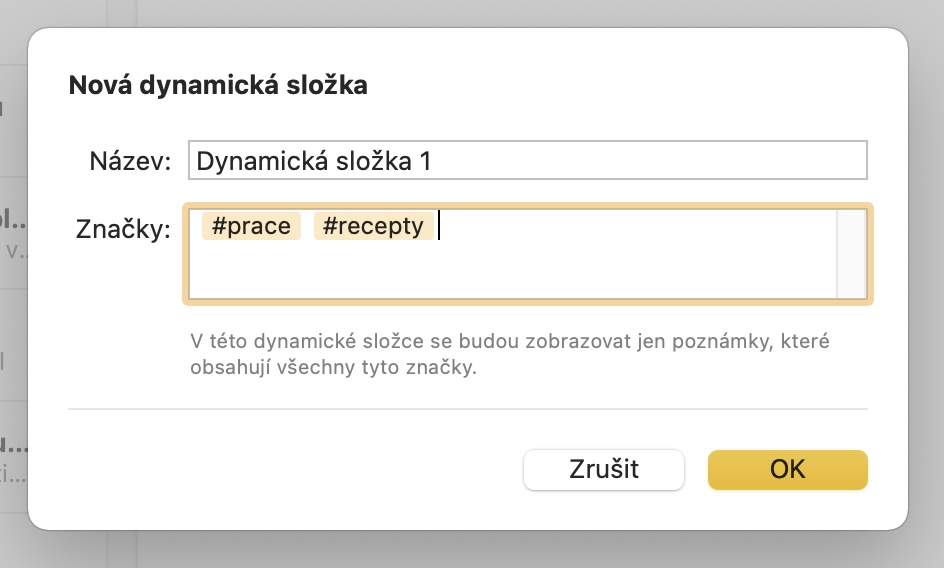If you want to note down anything, you can use the native Notes application on Apple devices. This app is extremely easy to use and most users simply love it. Of course, Apple is constantly trying to improve the native Notes as well, which is definitely a good thing. We also saw really significant improvements in this application with the arrival of macOS Monterey (and other new systems). If you're wondering what's new in Notes, keep reading.
It could be interest you
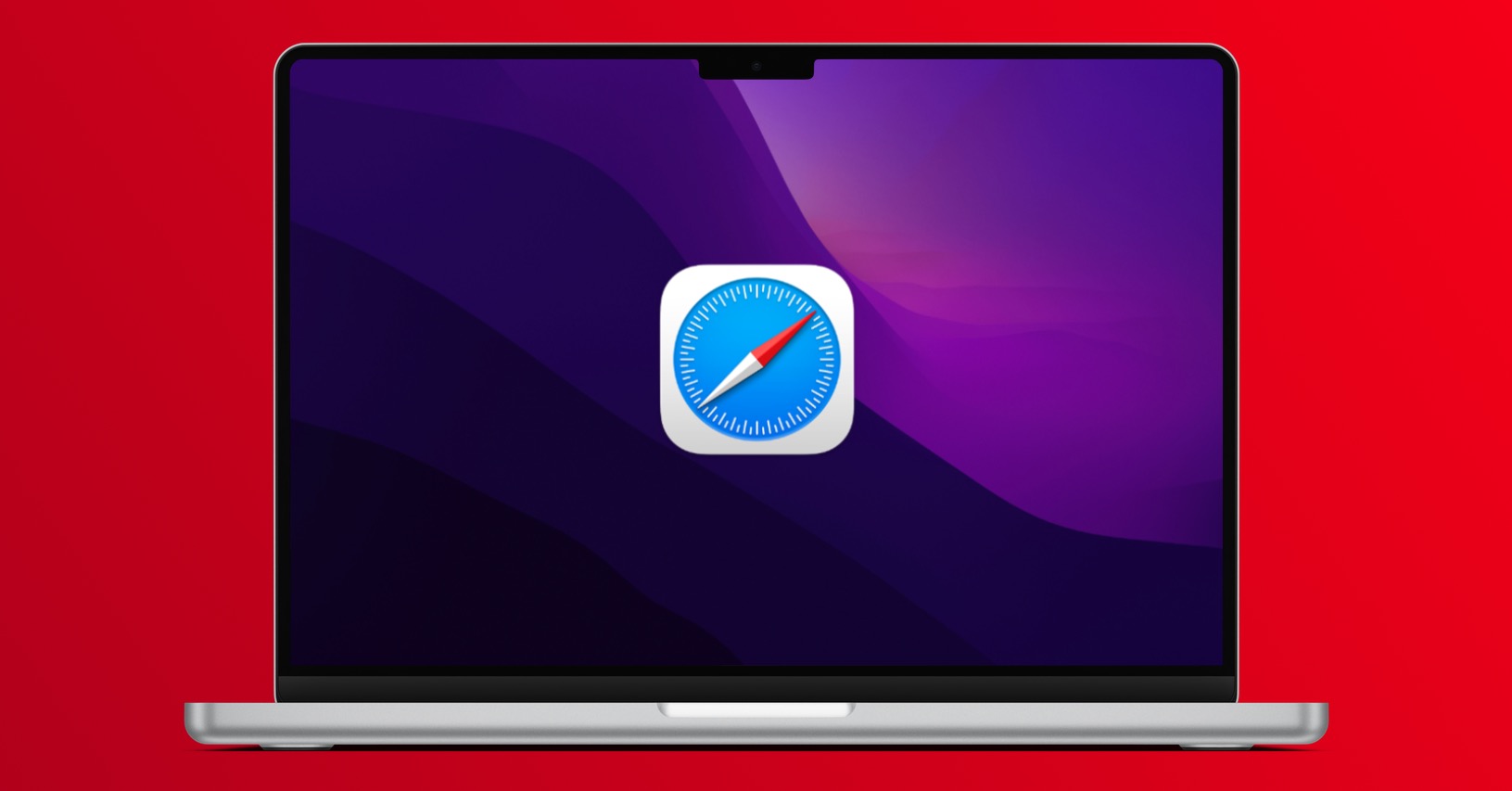
Changes made
You can also share individual notes with other users in the native Notes app, which is a free feature. However, if you share a note with many users, it can cause some confusion because you don't know who added, changed or deleted what. Anyway, in macOS Monterey there is a new option to show the changes made in a shared note. If you'd like to highlight the changes you've made in a shared note, just navigate to it and then swipe left to right with two fingers on the trackpad. Alternatively, you can tap on in the top bar Display and subsequently on Show highlights. Subsequently, you will see all the changes made by individual users.
Activity history
In addition to being able to see the changes made in each shared note, see the previous page, you can also view the complete activity history. As part of the activity history, you'll see information about who edited a particular note and when. If you would like to view the history of the activity, you just need to press the keyboard shortcut Control + Command + K, or you can tap in the top bar on Display, and then on View notes activity. After viewing the activity history, a panel with all the information will appear in the right part of the window. If you click on a specific record, the part of the note that was edited at that time will be highlighted.
Mentions
As I mentioned once, if you share a note with several users, confusion can arise. However, the Notes app now also has mentions, which can help you organize. Through mentions, you can tag any user with whom you share a particular note in a note, thereby alerting them to specific content. To mention someone, scroll to the body of the note, then type at-sign, Tedy @, and for him name of the user in question. As soon as you start writing the name, the application will start whispering to you. The resulting mention can thus take the form, for example @Jiří, @Vratislav etc.
Brand
In addition to notes, tags are now available in Notes from macOS Monterey, which also help with organization. If you want to sort individual notes in some way, you can of course use folders, which we all use. However, it is now also possible to use brands that work in the same way as tags on social networks. This means that if you mark some notes with the same mark, you will then be able to easily view them under it. If you would like to create a tag, move to the body of the note and then write cross, Tedy #, and then by herself brand. If, for example, you would like to unify all recipes under one brand, then in specific notes it is enough to mention the brand in the body #recipes. Notes with individual tags can then be easily viewed by clicking in the section at the bottom of the left panel Brand na specific brand.
Dynamic folders
Notes in macOS Monterey (and other new systems) also include dynamic folders. They can work directly with the brands we talked about more on the previous page. Within dynamic folders, you can easily set up notes with certain tags to group them together. For example, if you would like to display all the vegetable recipes that you have tagged #recipes a #vegetables, so thanks to the dynamic folder you can. To create a new dynamic folder, just tap on the option in the lower left corner of the Notes app New Folder and subsequently on Dynamic component. Then just choose name dynamic components, together with brands, with which folder I work.
